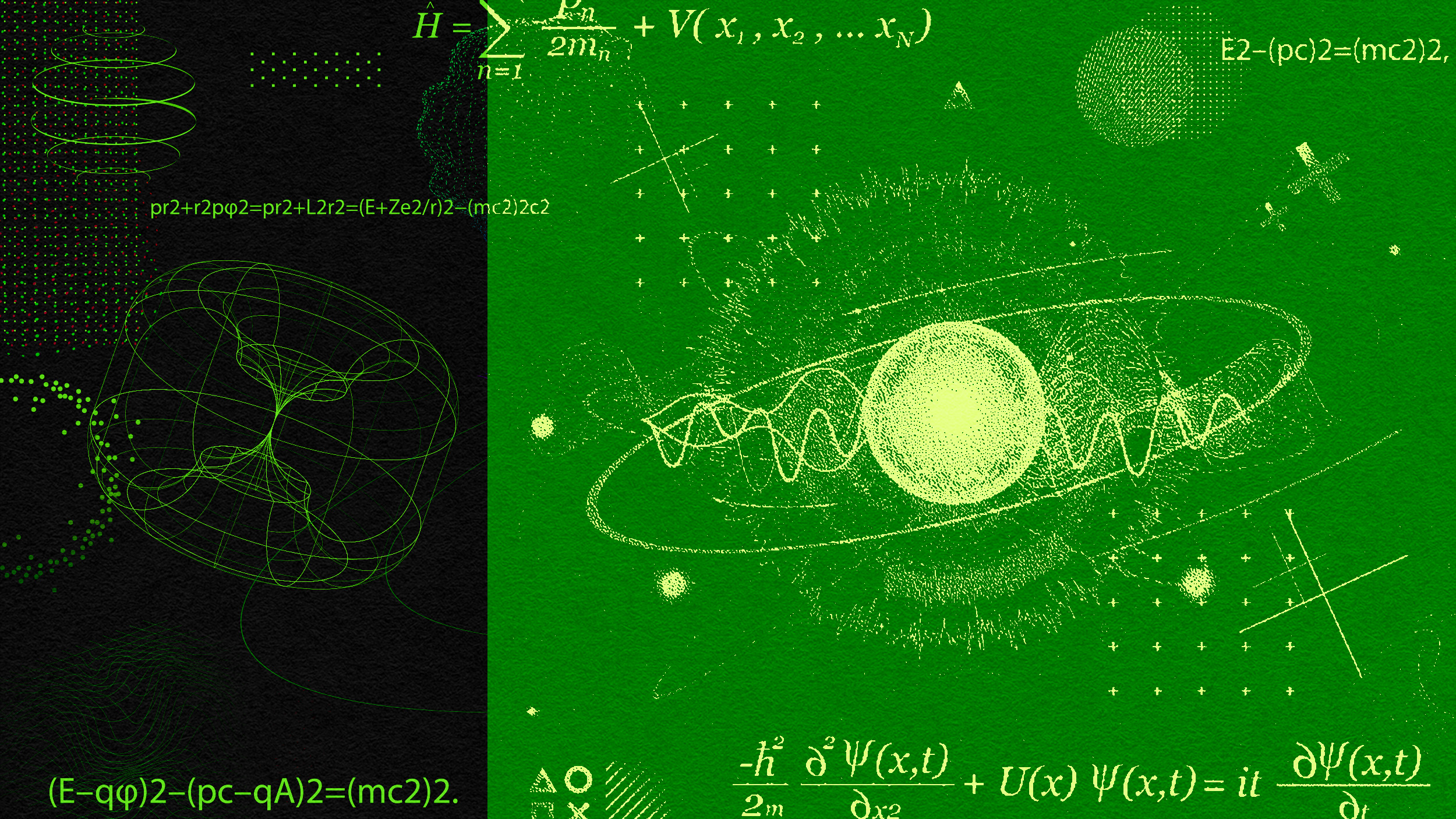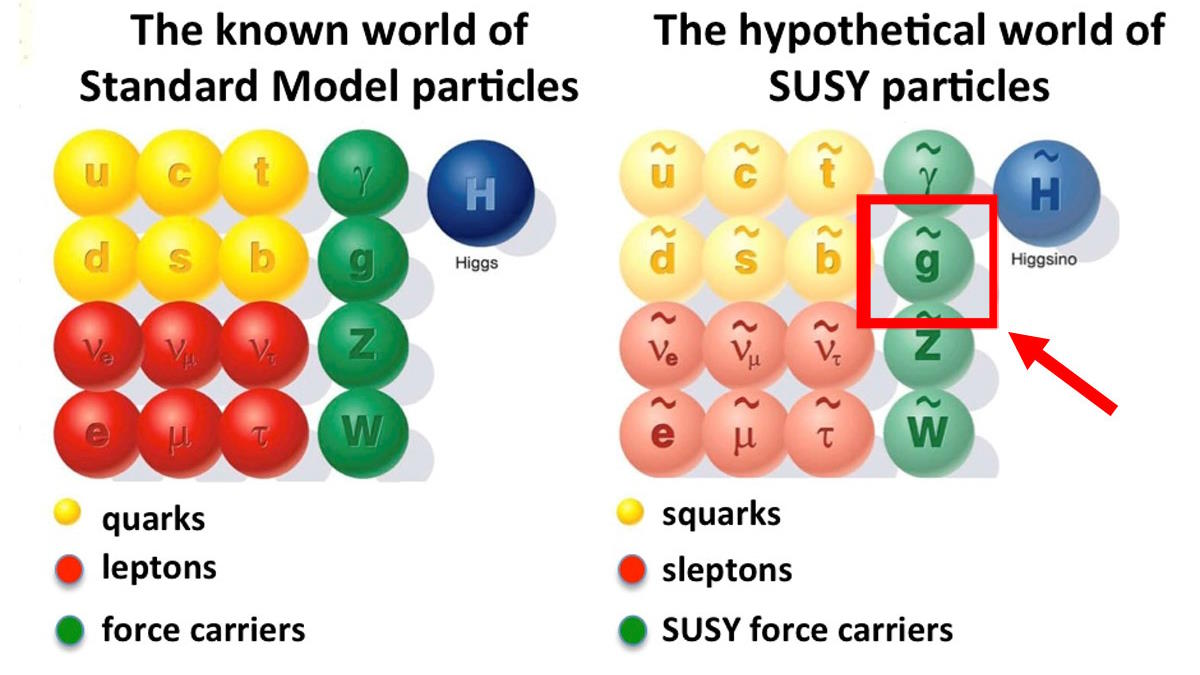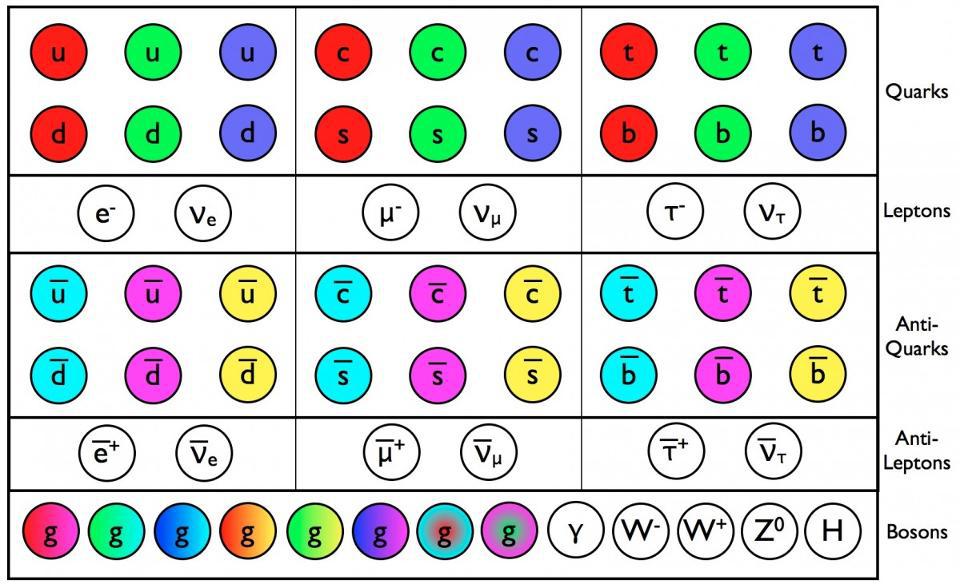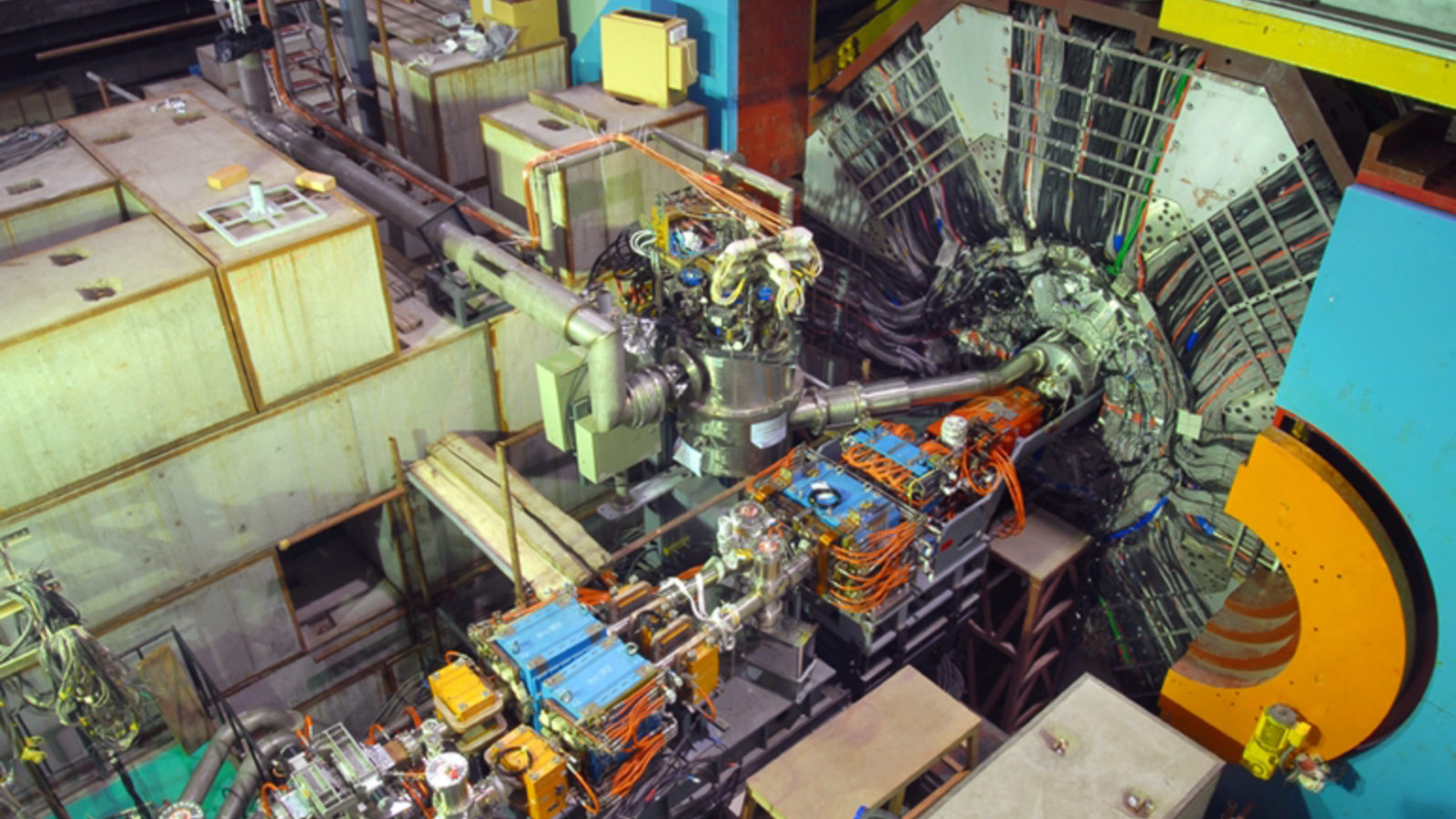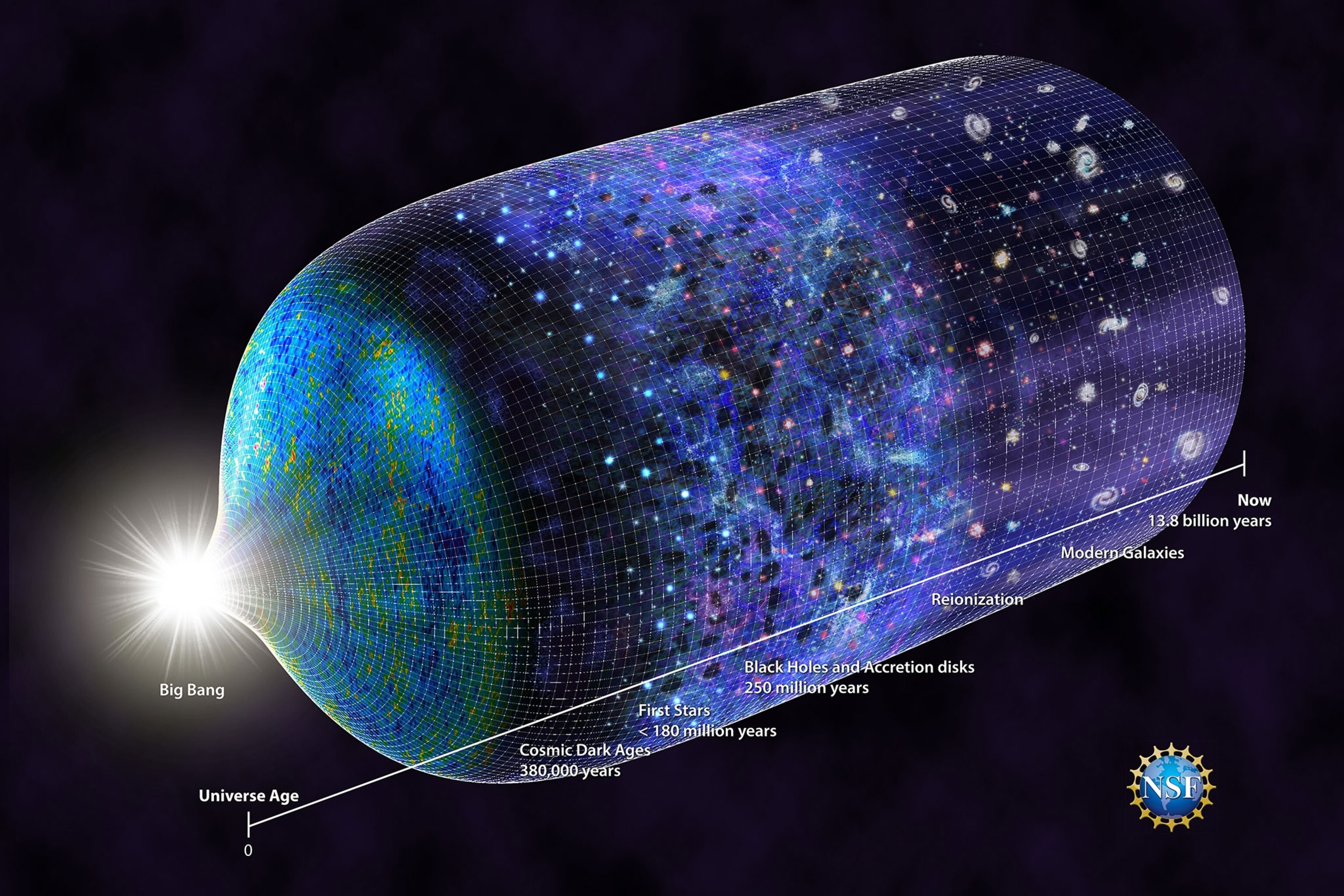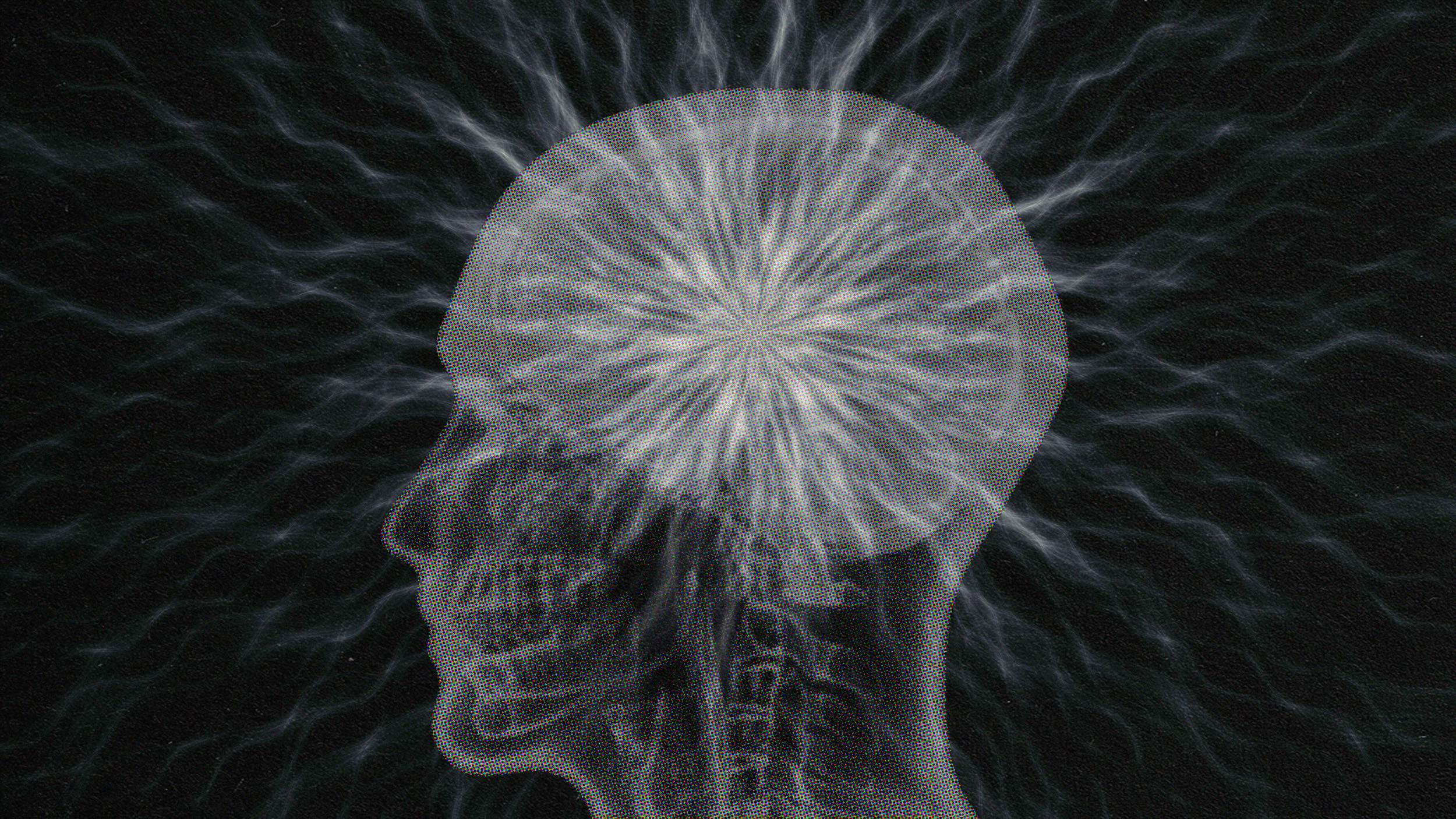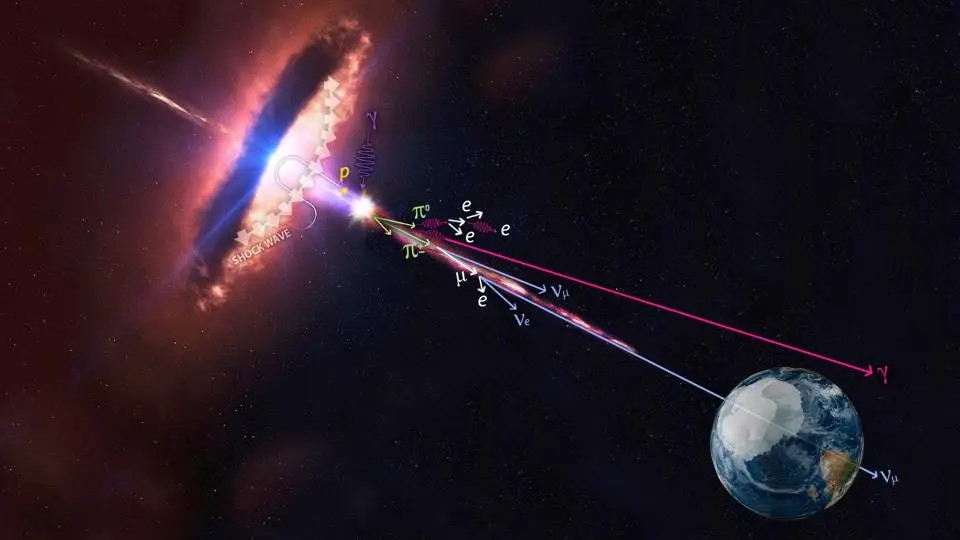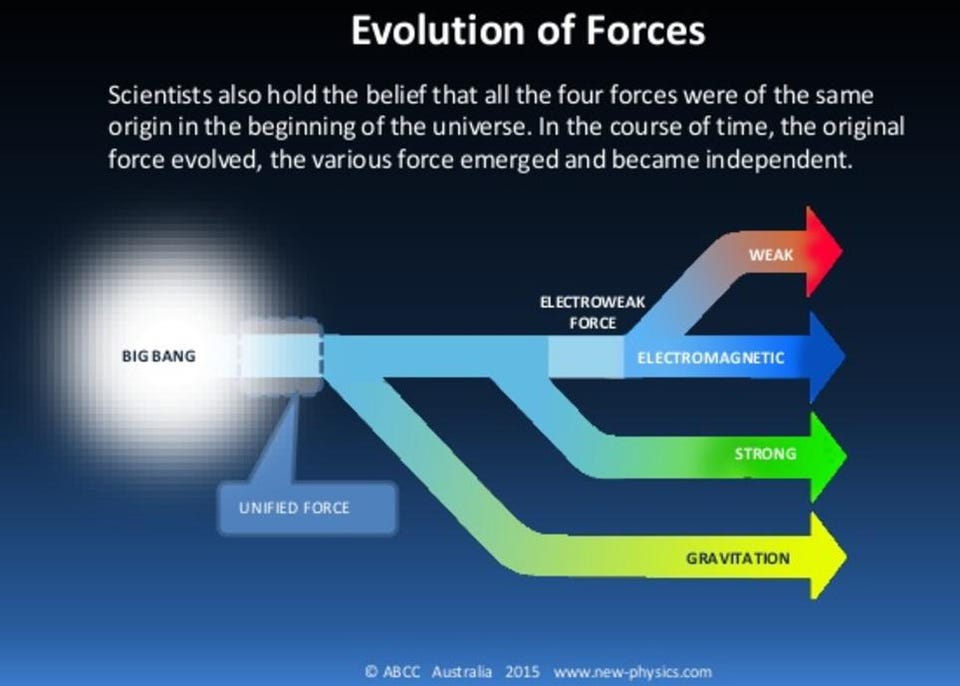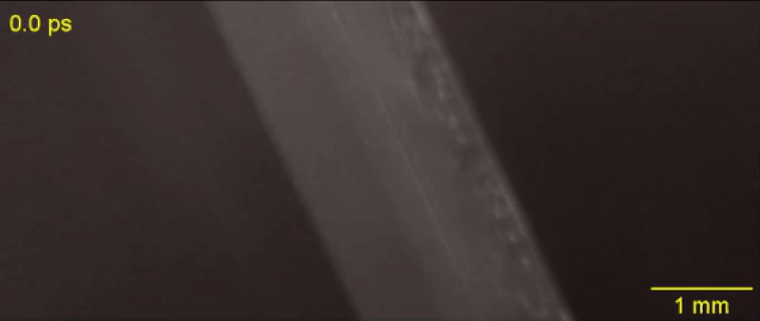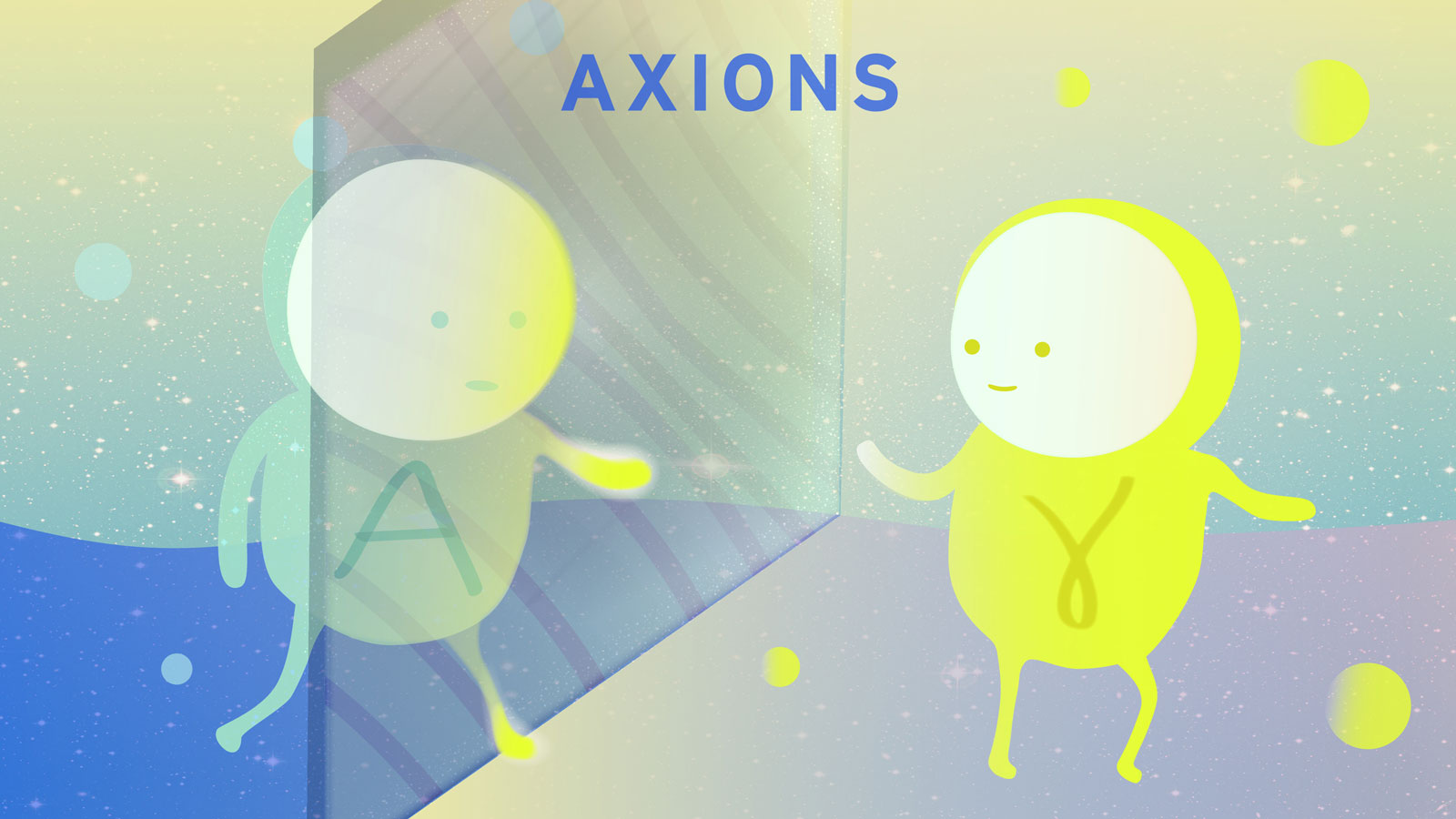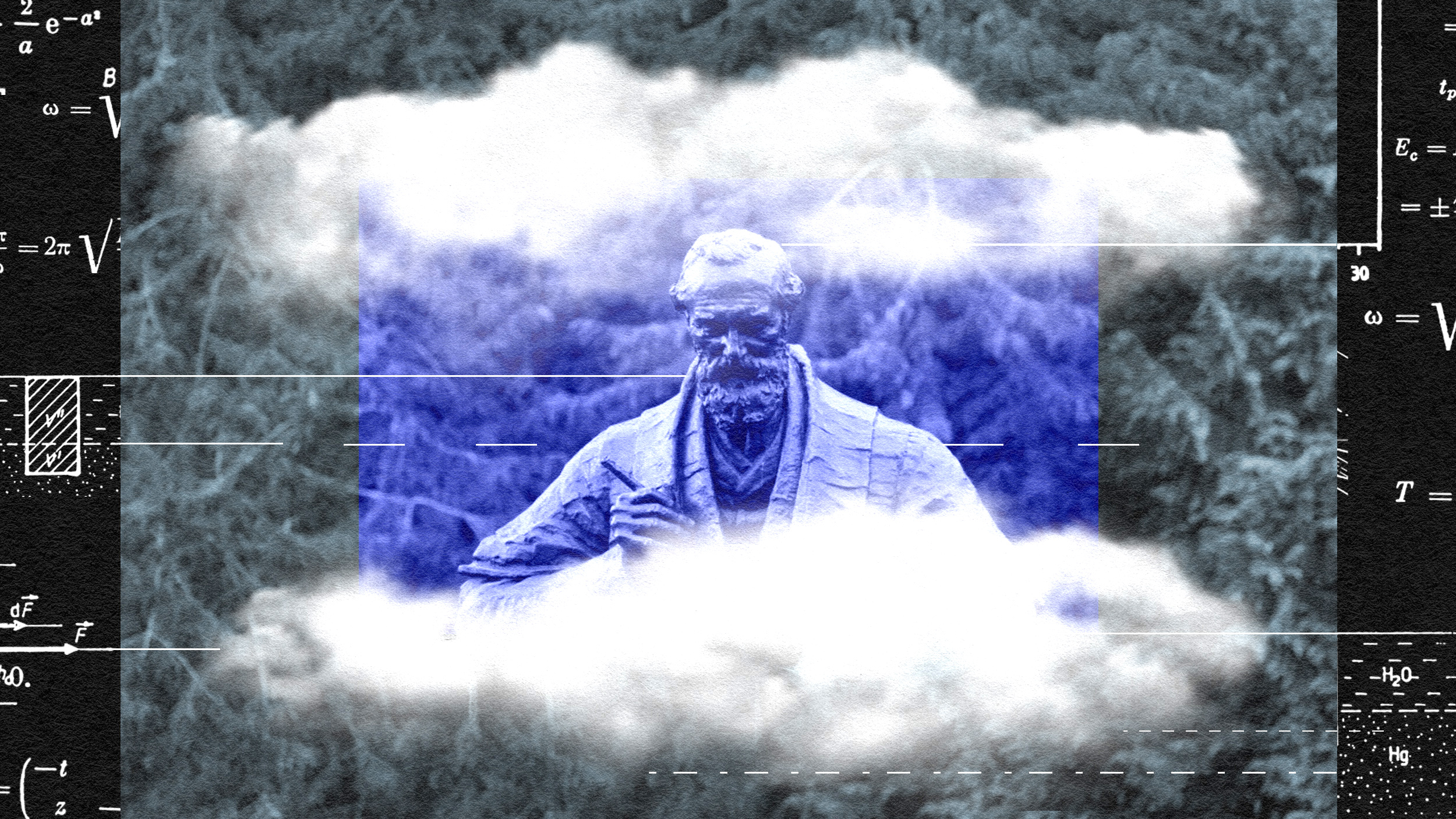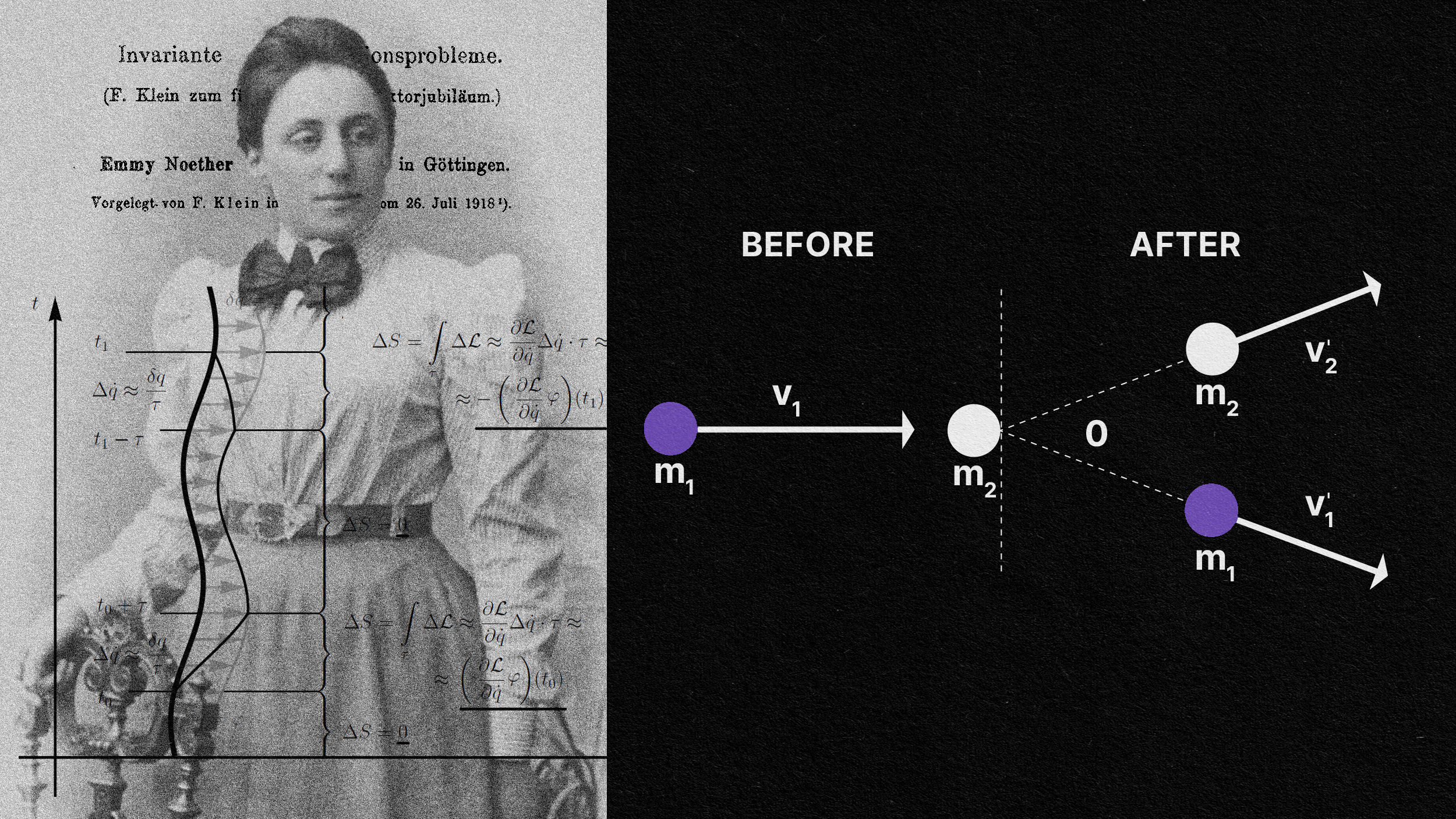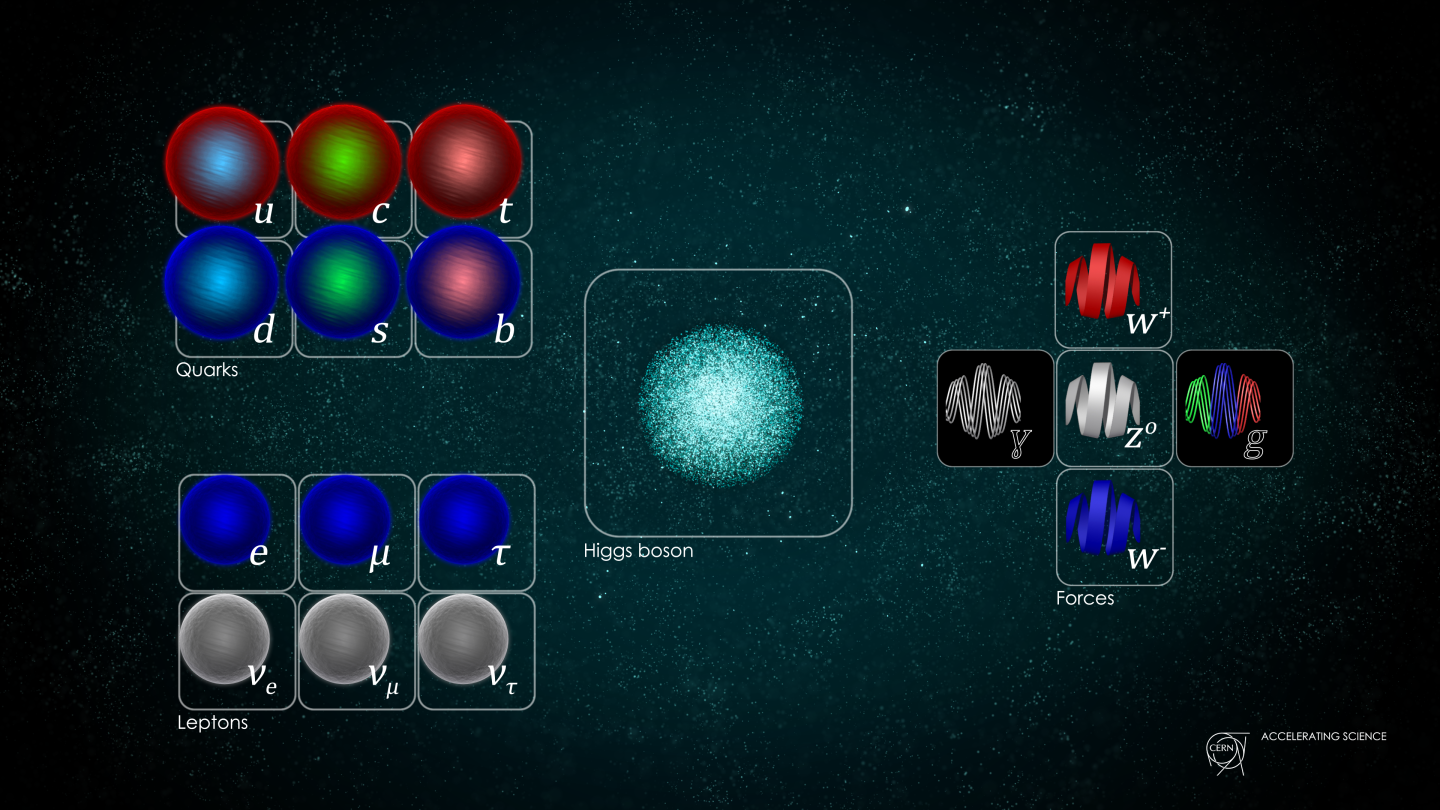particle physics
The evolution of quantum technology is far from over.
CERN’s NA64 experiment used a high-energy muon beam technique to advance the elusive search for dark matter, offering new hope for solving one of astronomy’s greatest mysteries.
Almost 100 years ago, an asymmetric pathology led Dirac to postulate the positron. A similar pathology could lead us to supersymmetry.
From forming bound states to normal scattering, many possibilities abound for matter-antimatter interactions. So why do they annihilate?
Is gravity weaker over distances of billions of light-years?
It’s 2024, and we still only know of the fundamental particles of the Standard Model: nothing more. But these 8 unanswered questions remain.
Predicted way back in the 1960s, the discovery of the Higgs boson in 2012 completed the Standard Model. Here’s why it remains fascinating.
Scientists are searching for dark matter particles that are trillions or even quadrillion times lighter than the more traditional searches.
CERN’s Large Hadron Collider is the most powerful particle accelerator ever. To go even further, we’ll have to overcome something big.
With new W-boson, top quark, and Higgs boson measurements, the LHC contradicts earlier Fermilab results. The Standard Model still holds.
Glueballs are an unusual, unconfirmed Standard Model prediction, suggesting bound states of gluons alone exist. We just found our first one.
Holograms preserve all of an object’s 3D information, but on a 2D surface. Could the holographic Universe idea lead us to higher dimensions?
From the earliest stages of the hot Big Bang (and even before) to our dark energy-dominated present, how and when did the Universe grow up?
Discover how Quantum Bayesianism challenges traditional quantum mechanics by focusing on the role of the observer in creating quantum reality.
At a fundamental level, only a few particles and forces govern all of reality. How do their combinations create human consciousness?
A human hand has the power to split wooden planks and demolish concrete blocks. A trio of physicists investigated why this feat doesn’t shatter our bones.
Our Universe requires dark matter in order to make sense of things, astrophysically. Could massive photons do the trick?
Practically all of the matter we see and interact with is made of atoms, which are mostly empty space. Then why is reality so… solid?
If the electromagnetic and weak forces unify to make the electroweak force, maybe, at higher energies, something even grander happens?
In all the Universe, only a few particles are eternally stable. The photon, the quantum of light, has an infinite lifetime. Or does it?
No matter how good our measurement devices get, certain quantum properties always possess an inherent uncertainty. Can we figure out why?
There are so many problems, all across planet Earth, that harm and threaten humanity. Why invest in researching the Universe?
The majority of the matter in our Universe isn’t made of any of the particles in the Standard Model. Could the axion save the day?
The “first cause” problem may forever remain unsolved, as it doesn’t fit with the way we do science.
Lord Kelvin is thought to have said there was nothing new to discover in physics. His real view was the opposite.
In the infant Universe, particle physics reigned supreme.
First derived by Emmy Noether, for every symmetry a theory possesses, there’s an associated conserved quantity. Here’s the profound link.
A great many cosmic puzzles still remain unsolved. By embracing a broad and varied approach, particle physics heads toward a bright future.
In logic, ‘reductio ad absurdum’ shows how flawed arguments fall apart. Our absurd Universe, however, often defies our intuitive reasoning.
Physicists just can’t leave an incomplete theory alone; they try to repair it. When nature is kind, it can lead to a major breakthrough.
